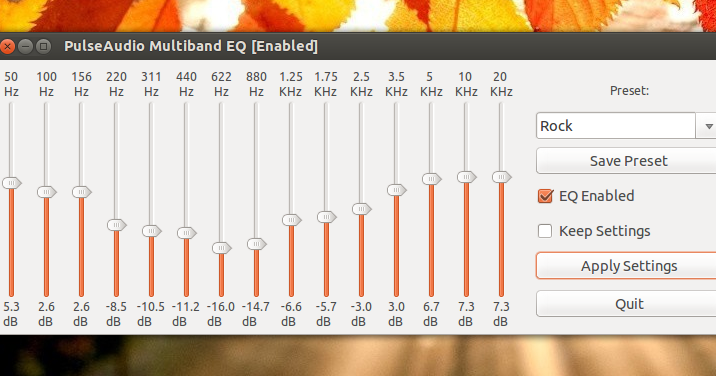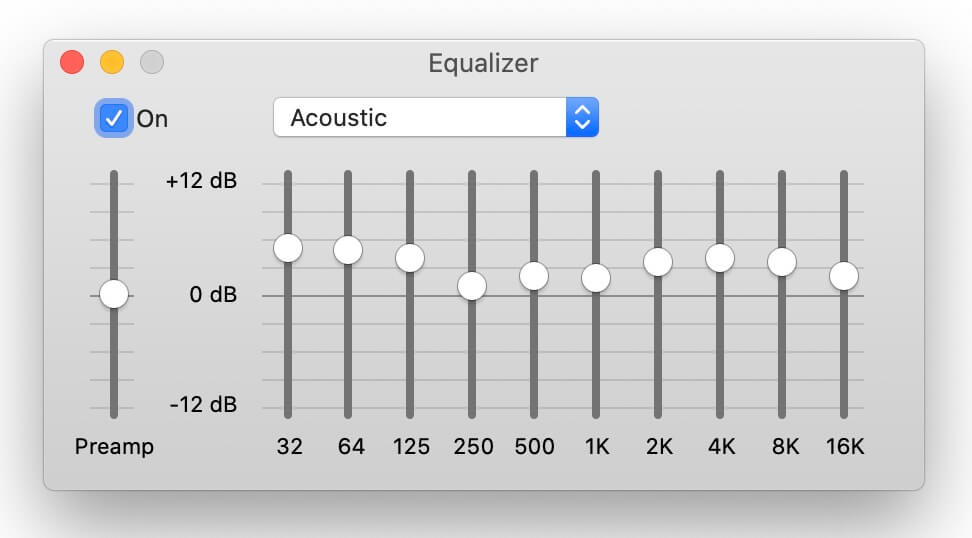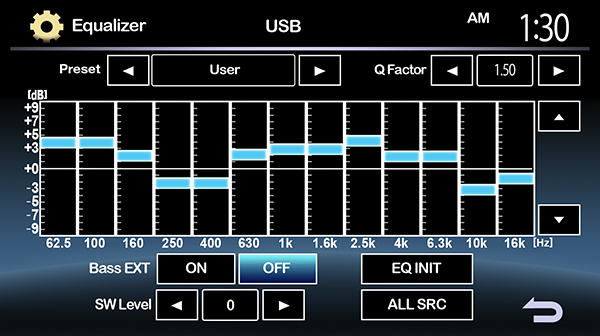

It’s crucial to be mindful of the capabilities of your gear. Using excessive bass EQ settings can overdrive your equipment, potentially causing distortion or damage. Your amplifier and speakers have limits when it comes to handling boosted bass frequencies. It’s important to use bass EQ judiciously to avoid this. If you boost or cut frequencies too aggressively, it can result in an artificial and undesirable tone. While bass EQ offers several advantages, it’s essential to be aware of potential drawbacks and considerations:Įxcessive use of bass EQ can lead to overprocessing and unnatural sound. This flexibility ensures that your amp complements the unique qualities of each bass. If you own multiple bass guitars with different tonal characteristics, bass EQ can help you tailor your amplifier’s sound to each instrument. Bass EQ can help mitigate issues related to standing waves and uneven frequency response in your listening space, allowing you to enjoy a more balanced and accurate sound. In many cases, room acoustics can adversely affect the bass response.

Whether you prefer a thunderous low end or a tight and focused bass sound, EQ allows you to achieve it.

You have the freedom to sculpt your tone to match your musical genre, playing style, and personal preferences. Let’s explore the potential advantages of using bass EQ on your amplifier:īass EQ provides a high degree of customization for your bass sound. For example, you can boost the midrange frequencies on a passive bass to add more presence or tame excessive highs on an active bass with a bright tone. Bass EQ can help you adapt your amplifier’s sound to complement the unique characteristics of your instrument. Bass EQ can help compensate for room-related issues, such as standing waves and resonances, by allowing you to adjust the bass response to better suit your listening space.ĭifferent bass guitars and pickups produce varying tonal characteristics. The acoustics of your listening environment play a significant role in how you perceive bass frequencies. For example, you can boost the low-end punch for a funk bassline or emphasize the deep sub-bass frequencies for electronic music. You can emphasize or de-emphasize specific aspects of the low end, tailoring your sound to suit your musical style and preferences. Now, let’s explore the role of bass EQ and its potential impact on your sound:īass EQ allows you to shape the tonal characteristics of your bass sound. Common bass EQ controls include sliders or knobs that let you boost or cut bass frequencies at various points along the frequency spectrum. Each band covers a specific range of frequencies, and the bass EQ control on your amplifier enables you to adjust the volume of those frequencies. In essence, it allows you to boost or cut bass frequencies to shape the tonal characteristics of your sound.īass EQ is typically implemented using an equalizer, which consists of multiple frequency bands. It allows you to adjust the amplitude (volume) of specific frequency ranges within the bass spectrum. But should you use bass EQ on your amp? In this article, we’ll delve into the world of bass EQ, examining its role, benefits, potential drawbacks, and the factors to consider when deciding whether to use it.īass EQ, or bass equalization, is a feature commonly found on amplifiers, audio receivers, and other audio equipment. When it comes to shaping the low-frequency characteristics of your sound, one powerful tool at your disposal is the bass equalization (EQ) feature on amplifiers.

The pursuit of the perfect bass tone is an eternal quest for musicians and audio enthusiasts alike.


 0 kommentar(er)
0 kommentar(er)
